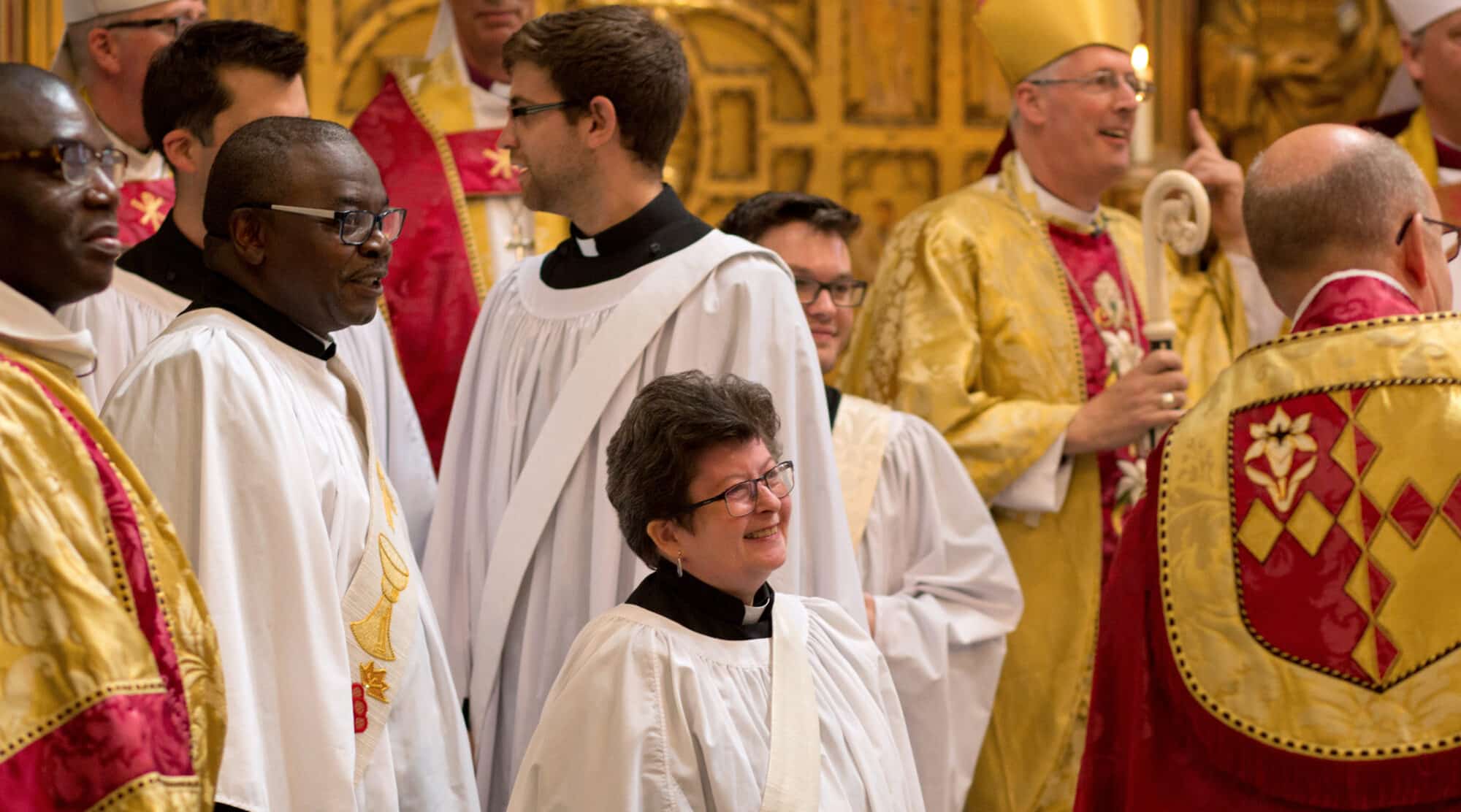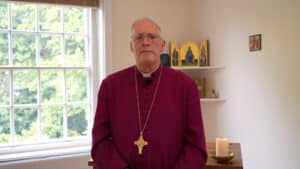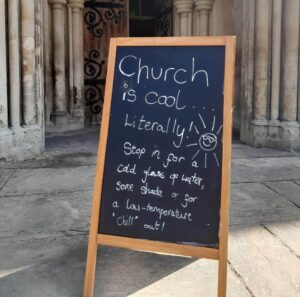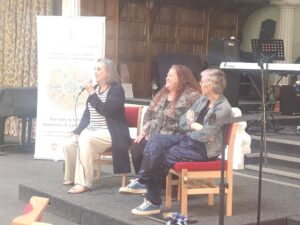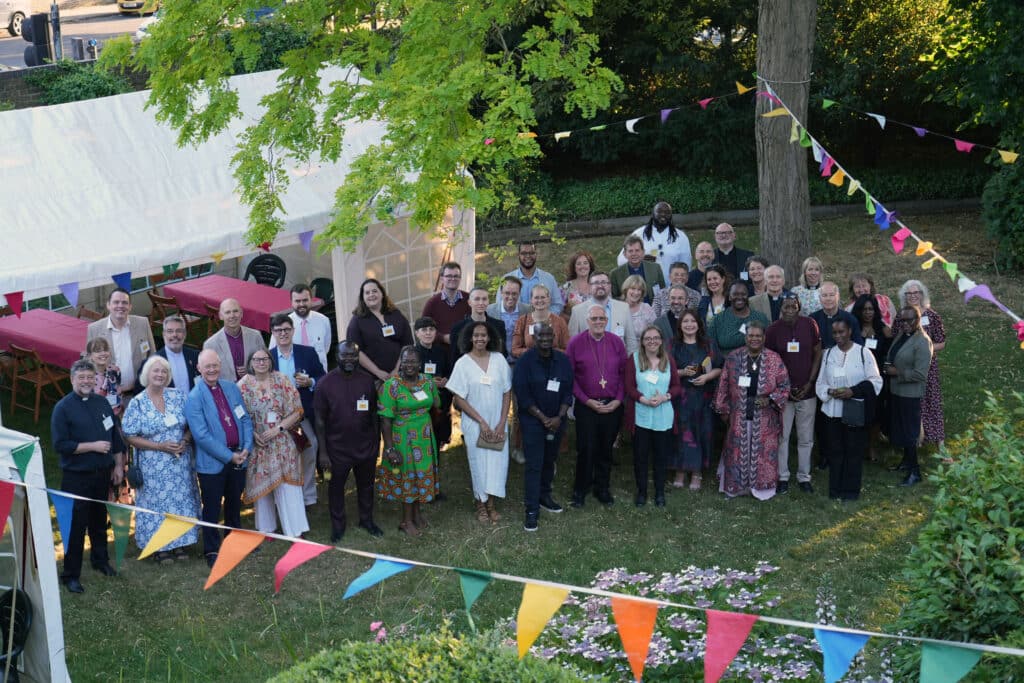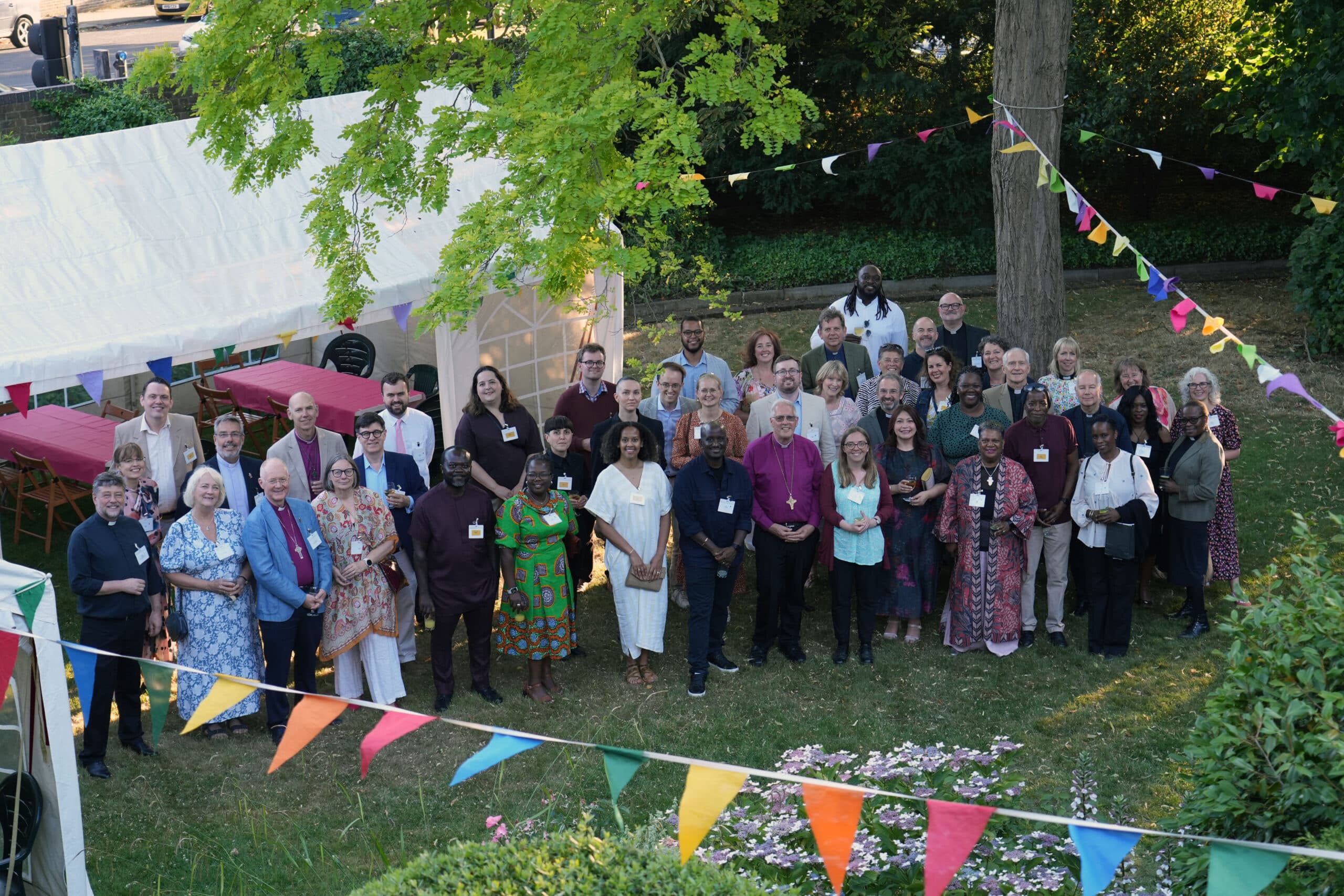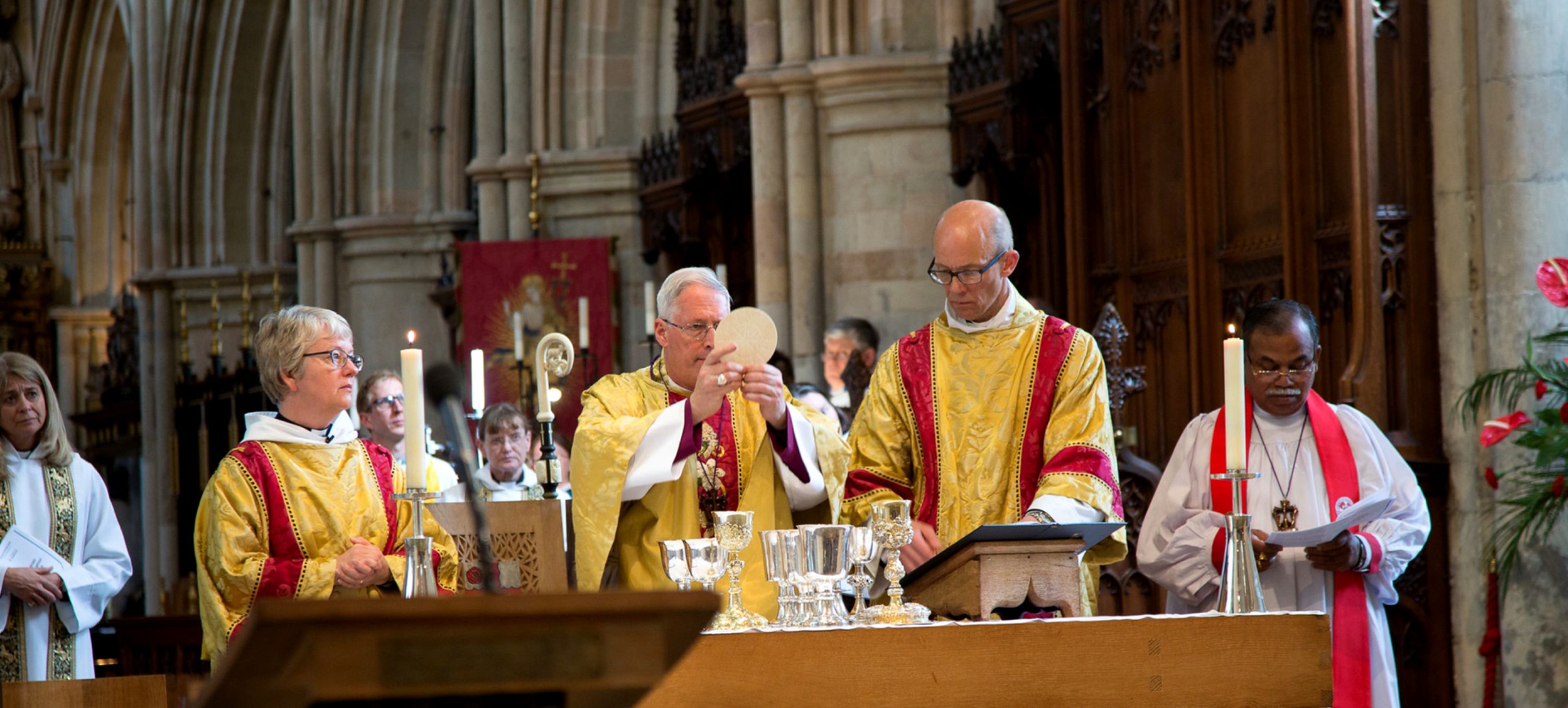Day one reflections
Trip to Pergamum
After a tasty breakfast in our hotel, we set off on our coach, saying morning prayer together as we headed to Pergamum. Upon arrival, we took a cable car not because we were going skiing (even though some pilgrims were carrying poles) but because the road up to the acropolis was too narrow for coaches! It was easy to see why this steep, imposing hill would have acted as a symbol of power for the authorities based in Pergamum.
We were blessed with some stunning views of the surrounding landscapes when we reached the acropolis, and there was plenty of rich architectural history to explore. We were able to see the bases of columns and learn about some of the process behind erecting them, and to walk beneath arches which were still standing all these years later. Incredibly, carved into the hillside was a Greek theatre which allegedly could have seated up to 10,000 spectators, and we did wonder if the people might have been a bit smaller in those days! Interestingly, we learnt that the staging which would have been at the bottom was designed to be portable, so that it did not block the view of the temple which was nearby.
Towards the end of our site visit, we heard our first reflection from a member of the Bishop’s Staff Team accompanying us as fellow pilgrims. Alongside the wealth of historical and archaeological information we are receiving from our official tour guide, these reflections give us a theological and spiritual angle. In Pergamum, we were encouraged to imagine life as Christians under Roman rule in the city – believers in hostile conditions, but who nevertheless held fast to the hope in Jesus Christ and to their shared life together. We reflected on the pressures that tell on living out the Christian life in our own contexts and how we might pray for the grace to fulfil our calling as disciples.

Trip to Thyatira
Our afternoon programme took us to the modern city of Akhisar that has excavated sites of ancient Thyatira. We were struck by the ruins of the church right within the city bustling with life. The ruins symbolise something that is so dead, right within a thriving city. It was a reminder of how, in the journey of life, aspects of faith can die off if we are not watchful. We are reminded to keep watch – listening to the spirit and what he says about the church. Perhaps the Christians of Thyatira would be shocked if they were to see the church they were once passionate about is nothing but ruins. On the other hand, the effect of the woman called Lydia is still visible, a woman who worshiped God and a merchant of purple textiles.
In our reflection time, we paused to think about the loss of the Christian church in that place. We were asked to reflect honestly about the threats to the church in our own contexts, and about avoiding complacency. With attention to the Spirit, we were reminded of the need always to be bold in mission.

Bible study
In the evening, we had our bible study looking at the letter to Pergamum (Rev 2: 12-17)
The book of Revelation can be a daunting text to engage with. So much multi-layered imagery and a mind-bending time traveling exercise. A vision all about the future which includes letters sent to people on our past which we are trying to make sense of in our present.
The symbols and references were so carefully selected to be resonant and immediately relevant to the context and life of the people living in Pergamum. The main symbols of this letter are the throne, the sword and names!
Pergamum was the seat of the Roman government for the province. The rulers literally sat on seats (thrones) high on the hill above the town issuing edicts and laws to direct the lives of the people. And even this place of power was surrounded by temples to other inhabitants of thrones – the temples of Zeus, Athena and Dionysus. Daily life revolved round a a whole matrix of different rulers – one god responsible for one part of life, another for a different aspect, the government dictating other aspects. It’s easy to see how early Christians might have found themselves just adding an extra throne in the VIP row for Jesus to join the leadership crowd.
The “sword of my mouth” mentioned in the letter is probable a reference to Isaiah 11 – the sword of truth which condemns those who deny truth. Amongst all those persuasive followers of the other gods and the Roman leaders it’s not hard to imagine the early Christian’s substituting “truth” from others for the truth from God’s word and Jesus’ left and death and resurrection.
A couple of “cults” are mentioned specifically. The followers of Balam – whose name means “destroyer of the people” and follower of Nichlaus whose name means “conquerors of the people”. Pointing to a certain synergy of ideologies! In complete contrast to Jesus who is judge but also redeemer, rescuer and reconciler of the people. Incompatible truths!
In additions to all of this, Pergamum was also home to one of the largest libraries – the place where “truth” was recorded and preserved for others to read and understand. The readers of this letter would have grasped this imaginary quickly and realised there was plenty of work for the sword of truth that condemns those that deny truth – presumably including many of the members of this church. It seems that some amongst them had started joining the cultish meals – which were an important part of the social and cultural life of the city. And we are told that others have been unfaithful either sexually or with other gods.
We discussed what this might mean in our own contexts: Who else might we have lined up on thrones next to Jesus to rule our life, and who are the deniers of truth most likely to lead us astray?
We reminded ourselves of the hope as the letter closes: The call for us to repent and be reminded of the promise new manna and our new name known only to God. We look forward to our next exploration of another set of recipients of a Revelation letter.
Contributors:
The Revd Stephen Jullien
The Revd Ben Vertannes
The Revd Annie Wanjohi
The Revd Mel Wyn

